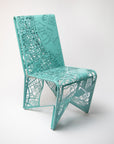
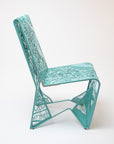
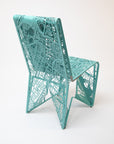
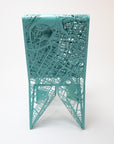
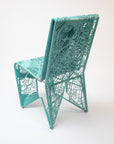
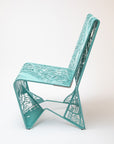
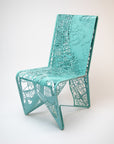
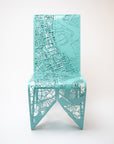


Aluminum Chair, Singapore - Designer Series
If you select custom color, a designer will reach out to work with you. You can browse more color options here.
Model shown in Pastel Turquoise.
The Atlas Obscured Collection Aluminum Chair consists of four layers of laser-cut maps. The aluminum frames and layers are meticulously heated and hand bent over steel forms to achieve a consistent geometry. The chair is then powder-coated and reinforced with machined stainless-steel brackets.
Material: Aluminum
Dimensions: 25¼in L x 18in W x 36¾in H
Weight: 19.3lbs
Map Scale: 1in = 500ft
Lead Time: Up to 2 Months
Designer Series Aluminum Chairs are made to order utilizing thoughtfully curated maps and narratives. Each piece is made with intention and care. As such, production timelines may be subject to minor adjustments in rare cases. Please allow additional time for shipping.
Made From Four Layers of Historical Maps
OCCUPYING OVER 185 YEARS OF SINGAPORE HISTORY
Top Layer
2024
Singapore stands as a dynamic global hub, seamlessly blending its rich multicultural heritage with cutting-edge innovation.
The city-state boasts a robust, trade-driven economy, heavily investing in technology, green infrastructure, and AI development, positioning itself as a leader in smart urban planning. Governed by the long-ruling People’s Action Party, Singapore maintains political stability with a strong emphasis on efficiency, security, and economic pragmatism. Despite its compact size, it is densely populated and marked by striking architectural contrasts—from colonial-era buildings to futuristic skyscrapers like those in Marina Bay.
Socially, it is a mosaic of cultures, religions, and languages, coexisting within a framework of carefully managed diversity, strict laws, and an enduring national narrative of progress and resilience.
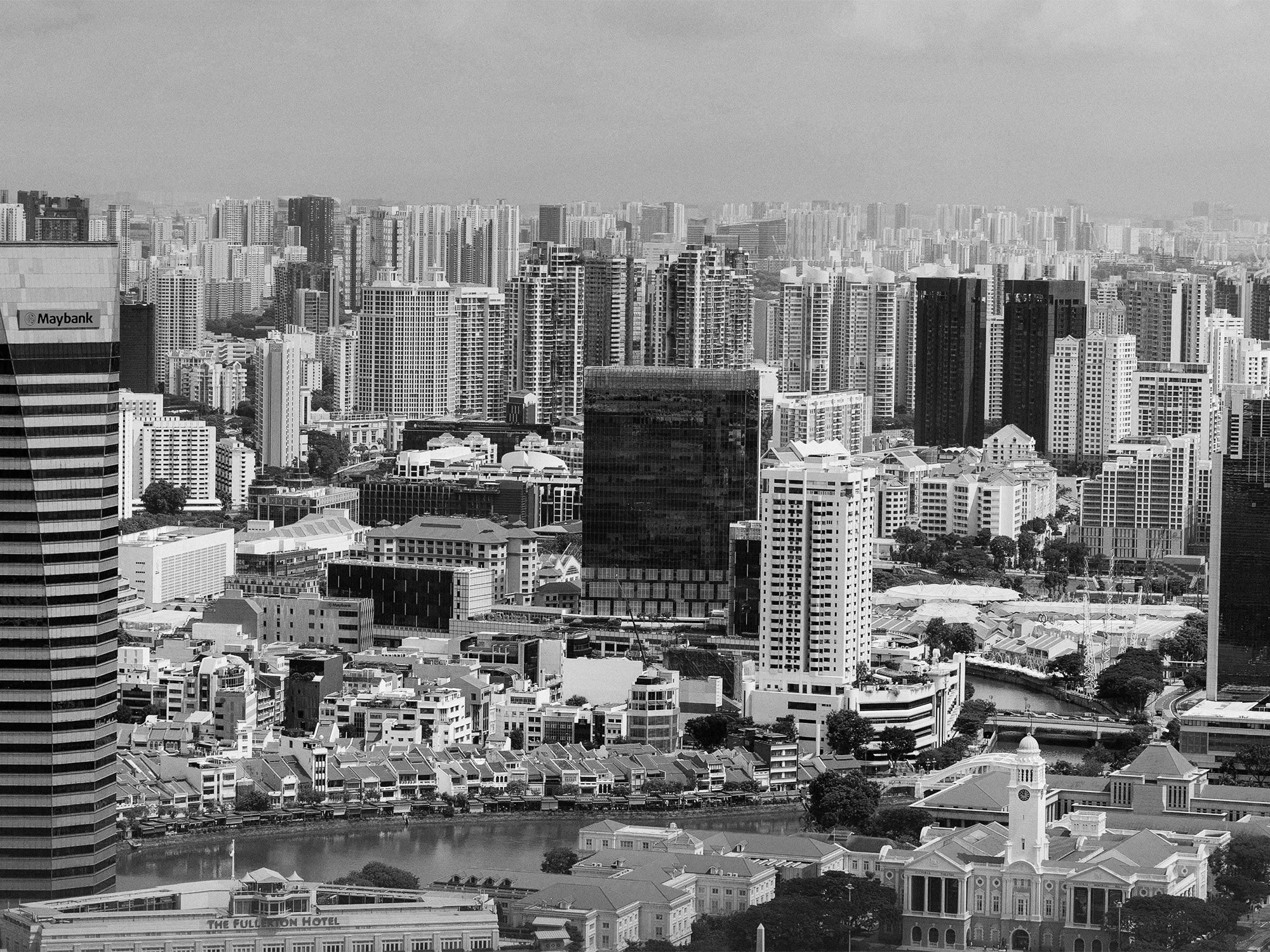
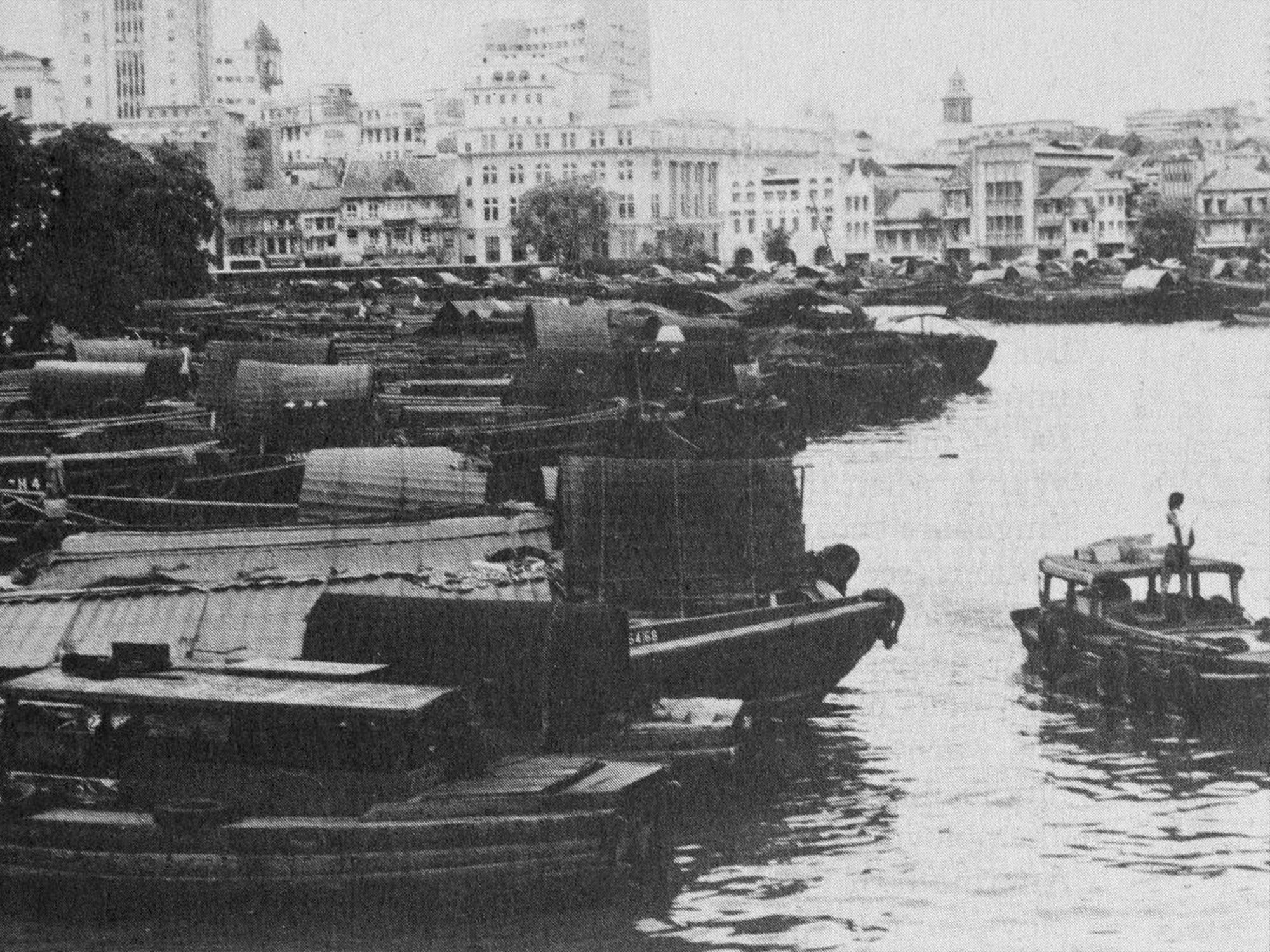
Second Layer
1942
Singapore undergoes rapid political transformation following the end of Japanese occupation and the restoration of British control after World War II. The colony moves toward self-governance, marking a crucial step toward eventual independence.
Trade, manufacturing, and finance begin to recover as the city reclaims its position as a regional commercial hub. Ethnic tensions rise as different groups push for greater political autonomy and self-determination. Singapore prepares for a new chapter, soon entering a brief merger with Malaysia in 1963 before achieving full independence in 1965. The drive for sovereignty grows as leaders and citizens alike push for a self-sufficient economy and stable governance.
Despite social and economic challenges, the city-state continues to modernize its infrastructure. The foundations of an independent Singapore take shape, setting the stage for its future as a thriving metropolis.
Third Layer
1915
Singapore experiences a major upheaval as the Singapore Mutiny erupts, shaking British colonial rule.
On February 15, nearly half of the 5th Light Infantry, a regiment of Indian Muslim soldiers under British command, rebels against their officers. Influenced by anti-colonial sentiments and rumors of deployment against fellow Muslims in the Ottoman Empire during World War I, the soldiers stage a violent uprising. The city descends into chaos as mutineers attack British and civilian targets before reinforcements from allied nations suppress the rebellion. The event exposes the fragility of British control and prompts military and administrative reforms. A stronger garrison presence and stricter intelligence measures are implemented to prevent further unrest.
Meanwhile, Singapore remains a vital trading hub, its economy thriving on rubber and tin exports. The urban landscape continues expanding under British rule, reinforcing its role as a cornerstone of maritime commerce.
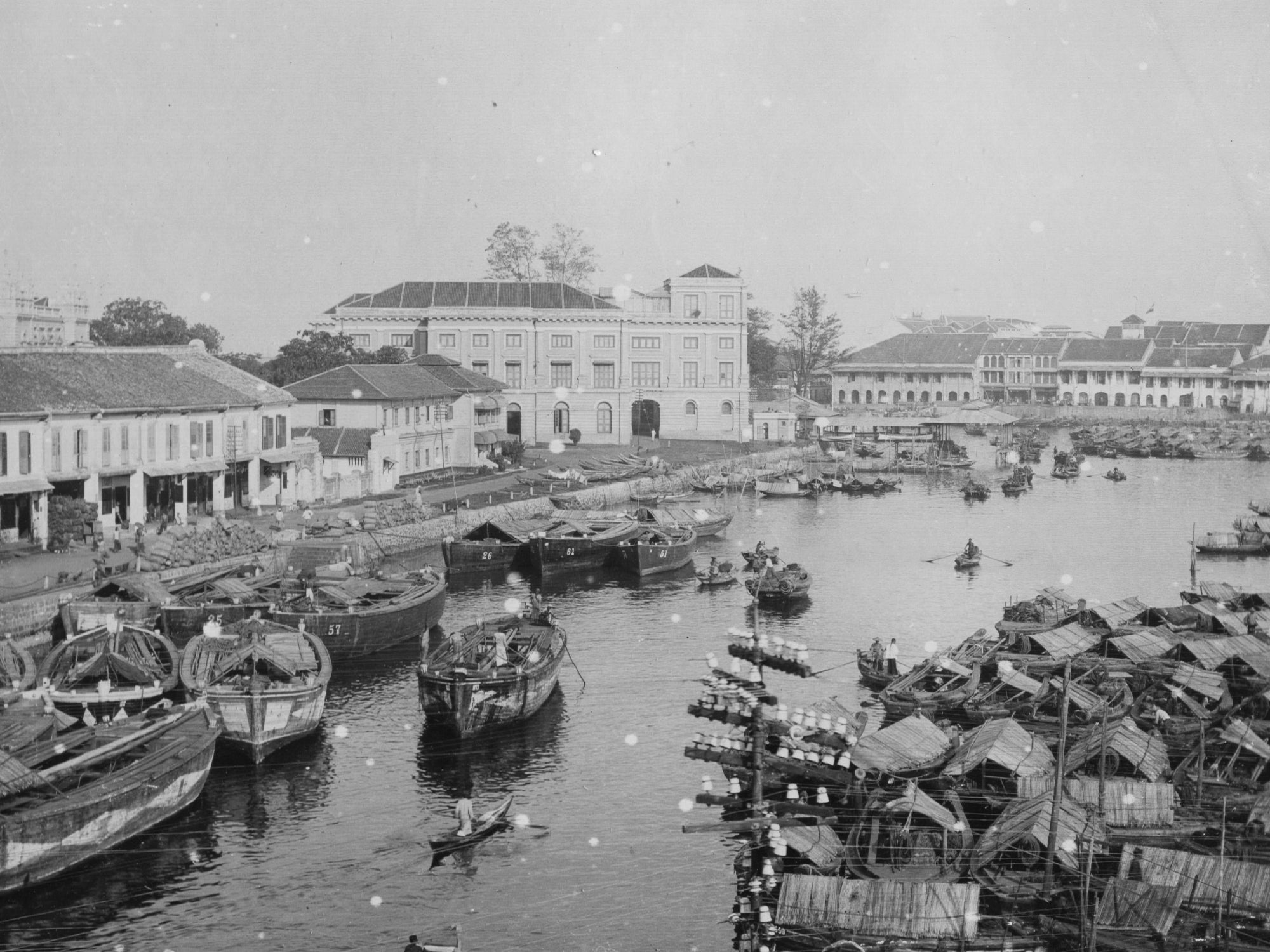
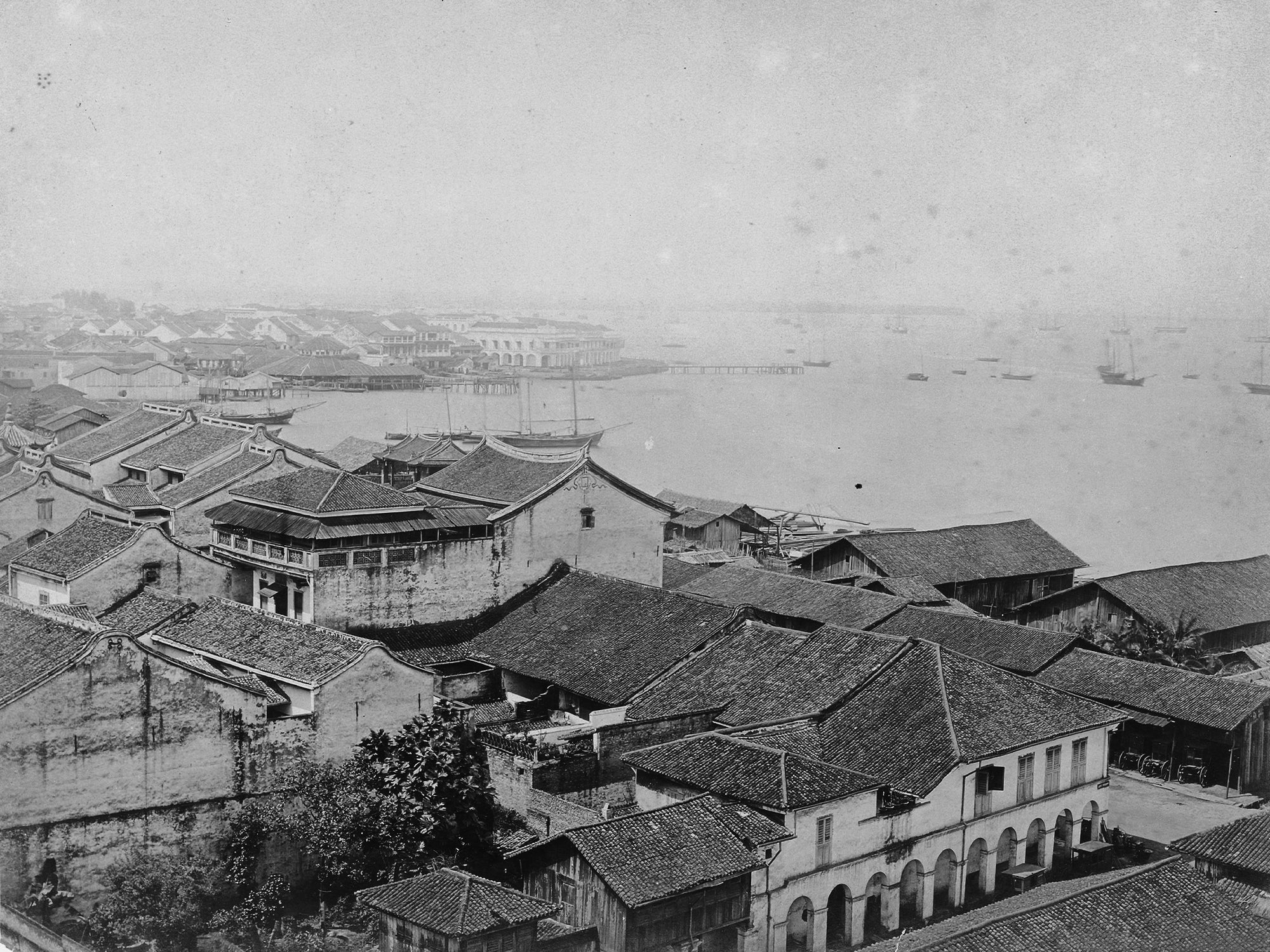
Bottom Layer
1824
Singapore serves as a bustling British colonial outpost, strategically positioned on the Malacca Strait, one of the world’s most important shipping routes. The British establish the colony under Sir Stamford Raffles to secure a trading hub between China and India, capitalizing on the island’s advantageous location. The economy flourishes, driven by the trade of rubber, tin, and other valuable commodities, while the port infrastructure expands rapidly.
The population consists of a diverse mix of Malays, Chinese, and Indians, creating a dynamic social structure under British colonial rule. Urban planning begins to take shape as roads, markets, and forts are constructed to support trade and military presence. The city's strategic location makes it a key node in global commerce, attracting merchants and settlers from across Asia.
The blend of cultures contributes to a rich and evolving social fabric that defines early Singapore.

MAP LOCATION
1. Universal Studios Singapore
2. Singapore Cable Car
3. Chinatown
4. Marina Bay Sands
5. Fort Canning Park
6. National Museum of Singapore
7. Kwan Im Thong Hood Cho Temple
8. Singapore Flyer
9. National Stadium












